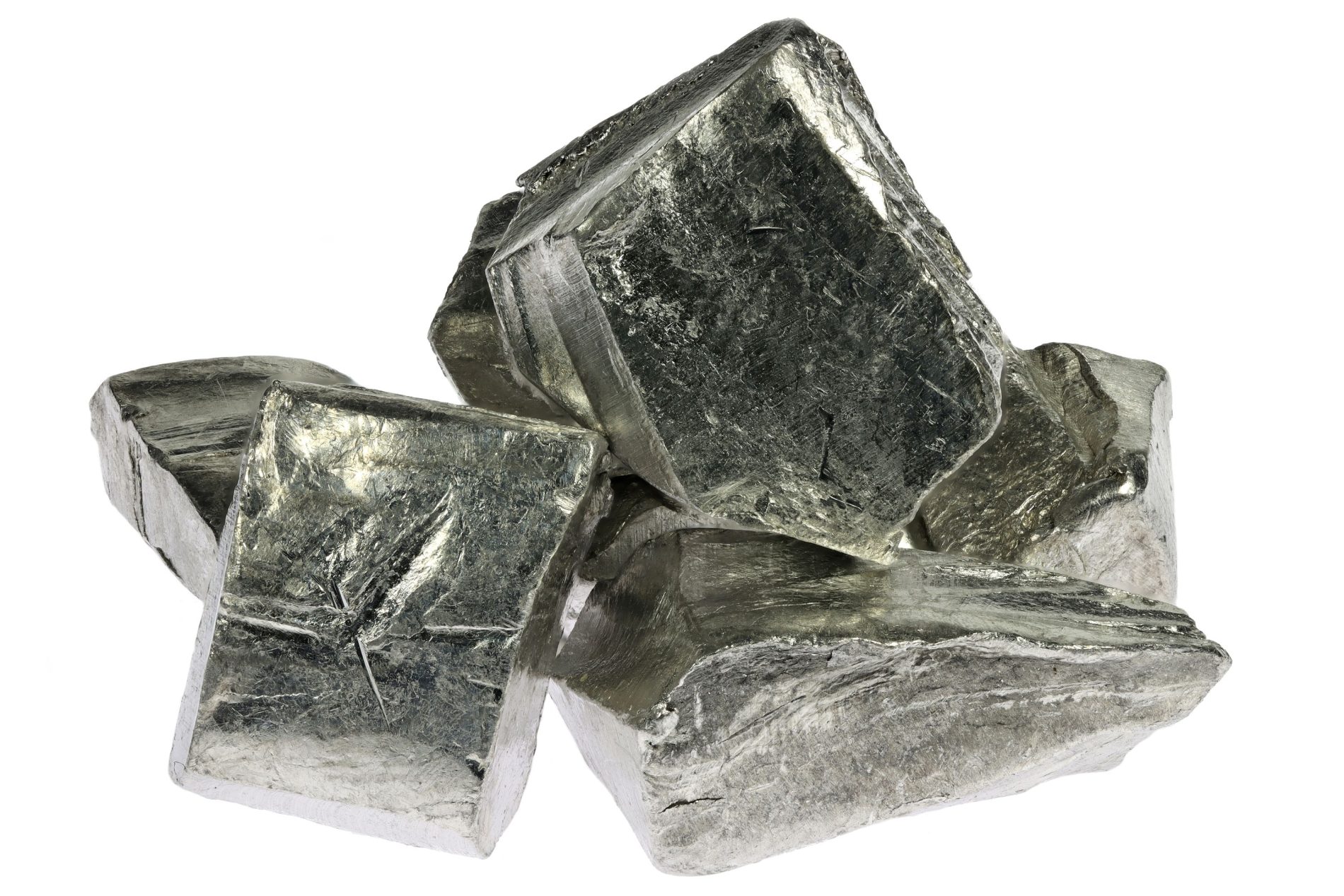Car washes have become an essential part of vehicle maintenance, ensuring a clean and polished appearance. Behind the scenes, a range of specialized chemicals work together to remove dirt, grime, and stains effectively. In this article, we will delve into the world of car wash chemistry, exploring the key chemicals used and their roles in achieving a spotless shine.
- Pre-Wash Stage:
Before the main wash process begins, car washes employ chemicals to prepare the vehicle's surface for optimal cleaning. These chemicals typically include:
a) Pre-soak Solution:
A pre-soak solution is applied to the vehicle's exterior to loosen and break down stubborn dirt and grime. It contains surfactants, which reduce the surface tension of water, allowing it to penetrate and lift dirt particles effectively.
b) Traffic Film Remover (TFR):
TFR is a powerful detergent that helps remove road grime, oil, and grease from the vehicle's surface. It contains alkaline compounds, such as sodium hydroxide or potassium hydroxide, which aid in breaking down tough stains.
- Main Wash Stage:
During the main wash stage, a combination of chemicals is used to thoroughly clean the vehicle's exterior. These chemicals include:
a) Shampoo:
Car wash shampoos are formulated with mild detergents that effectively remove dirt and grime without damaging the vehicle's paintwork. They often contain lubricants to minimize friction during the washing process.
b) Wheel Cleaner:
To tackle brake dust and stubborn dirt on wheels, specialized wheel cleaners are used. These cleaners typically contain acidic compounds, such as citric acid or oxalic acid, which help dissolve and remove tough stains.
c) Bug and Tar Remover:
Bug splatters and tar can be challenging to remove, but dedicated bug and tar removers contain solvents that effectively dissolve these substances. Common solvents used include mineral spirits or citrus-based extracts.
- Rinse Stage:
After the main wash, thorough rinsing is crucial to remove any remaining dirt, soap, or chemicals. The rinse stage typically involves:
a) High-Pressure Rinse:
High-pressure water jets are used to rinse off the vehicle, ensuring all soap and dirt are washed away. This step helps prevent any residue from drying on the surface, which could lead to streaks or water spots.
b) Spot-Free Rinse:
To achieve a spotless finish, car washes often employ spot-free rinse systems. These systems use deionized water, which has had impurities and minerals removed, preventing water spots from forming during the drying process.
Conclusion:
Car washes rely on a carefully selected range of chemicals to achieve a thorough and effective cleaning process. From pre-soak solutions to specialized wheel cleaners and spot-free rinses, each chemical plays a vital role in ensuring a spotless shine. By understanding the chemistry behind car washes, we can appreciate the science and expertise that goes into maintaining our vehicles' pristine appearance.


